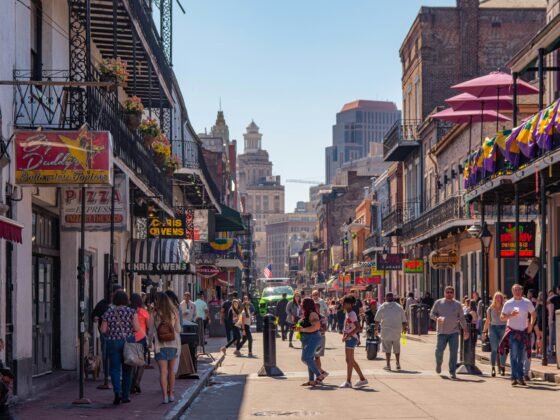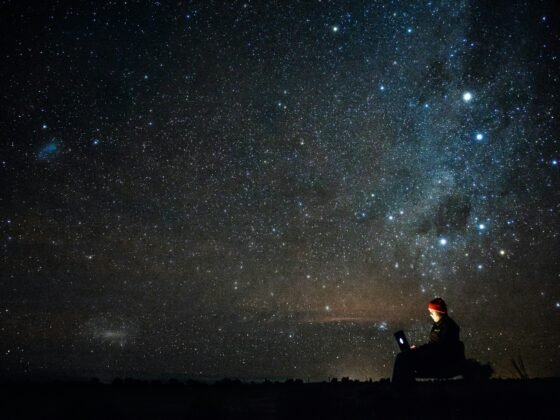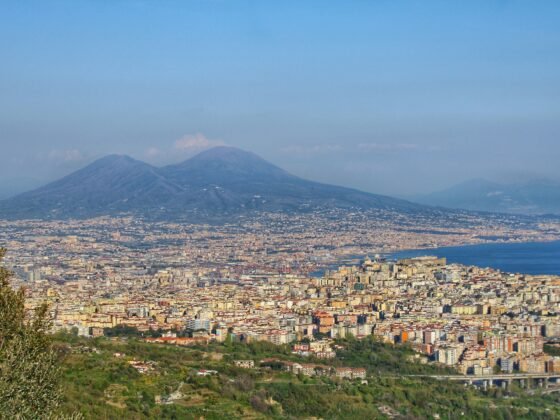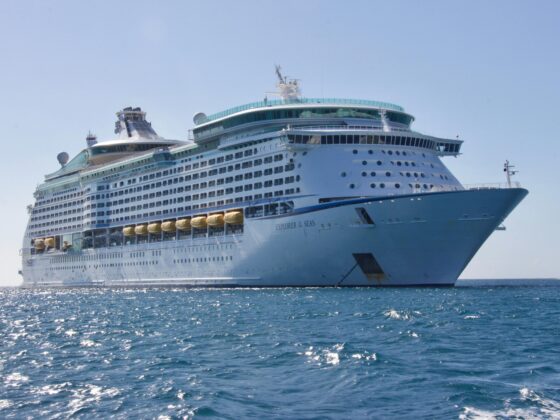The Maldives, billed as ‘The sunny side of life’, is to become carbon neutral within a decade by completely switching to renewable energy sources like wind and solar power.
The Maldives are made up of nearly 1,200 islands, most of which are uninhabited, in the Indian Ocean. None of the islands is 1.8 meters (6feet) above sea level. A third of the Maldives economy is dependant on tourism and unfortunately The Maldives knows firsthand what will happen if the world does not proactively tackle climate change. The Maldives is one of the lowest-lying countries on Earth and is extremely vulnerable to the rise in sea levels.
President Mohamed Nasheed watched the new climate change film, ‘The Age of Stupid’ recently and has said that he hopes his plan will serve as a blueprint for other nations and has said “We start almost from scratch… and it is quite pointless for us to go to yesterday’s technologies.” Estimates of the cost to make the change to renewable energy sources are put at $110million.
The Maldives attracts more than half a million tourists every year with its immaculate beaches, tropical reefs and laid-back atmosphere. But there is a potential catastrophe brewing with global climate change as an increase in sea levels of 58cm (22.8in), is projected by the UN International Panel on Climate Change (IPCC).
This could see most of the country’s 1,192 islands submerged by the next century, which would leave 369,000 people homeless.
Locals believe that changes can be seen already and are concerned for their future and for the industries of fisheries and tourism. The coral reefs, the island defense, would be in danger if the sea temperature rose by just 2C for a period as short as two weeks. Global warming will bring tidal surges, which will then bring an increased risk of whole communities being flooded, as well as crops.
Erosion already affects many of the 200 inhabited islands and domestic activities such as pollution, reclamation and illegal coral and sand mining are contributing to the damage. An island in Raa atoll saw 4 houses collapse into the sea due to sand bank erosion.
The fishing industry including tuna fishing, is already being affected as the catch is becoming more difficult with some fishermen reporting having to travel three times as far for a catch, due to the feeding grounds changing. The actual catch of one fisherman has also dropped from 70 tons of tuna 3 years ago, to 35-40 tons a week now.
Tourism accounts for a third of the economic income and this would also be affected as a major draw is the coral reefs and global climate change will spell the slow destruction of the 250 types of coral. This will affect the quality of diving, snorkeling and sea based activities and thus affect tourism greatly and more than 2,000 years of culture and heritage would be lost.
It is said that the white sand beaches could disappear in a similar way to the ice sheets in the Arctic. The Maldives also felt the full force of the natural disaster during the 2004 tsunami and so knows all too well what needs to done globally to halt global warming.











